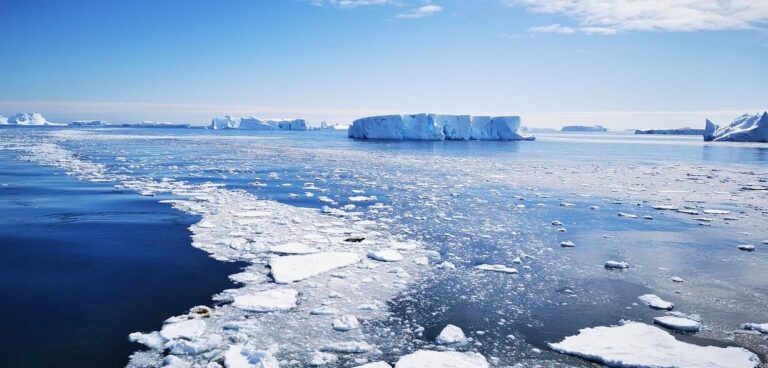Scientists from New Zealand’s National Institute of Water and Atmospheric Research (NIWA) have reported that they experienced an easier than normal six-week voyage to the Ross Sea in Antarctica due to a noticeable “lack of summer ice”.
The scientists’ mission on board the research vessel Tangaroa was to better understand the ecosystem and ocean physics in the Ross Sea, as well as assessing the impacts of climate change.
Dr Joshu Mountjoy, marine geoscientist at NIWA and voyage leader, said, “There is an obviously dramatic reduction in summer sea ice that seems more apparent every year. Many of the ship’s crew have been coming to the Ross Sea for over 20 years and are seeing big changes.
“A large focus of our work is collecting data to understand what happens to this Antarctic Ocean environment as climate change starts to bite, and it’s sobering to see the results first hand before we’ve even collected any data,” he said.
Twenty scientists and 18 crew traveled 11,500km, beginning their journey in Wellington and going as far as 73° south to the Ross Sea Marine Protected Area, which is the world’s largest and drives some of the Southern Ocean’s most abundant ecosystems.
The team processed 15,000 liters of seawater, took 25 hours of video footage of the seafloor, and collected over 5000 biological specimens.
Mountjoy said that despite the low levels of sea ice, the mission was successful: “It’s great knowing that the data from this voyage will contribute to a broad body of critically important science. It will improve our understanding of the Ross Sea ocean currents and ecosystem and what impacts climate change will have in the future.”
The team will now start analyzing the samples and data gathered, while collecting further monitoring information over the next two years from 10 new moorings that they deployed.



